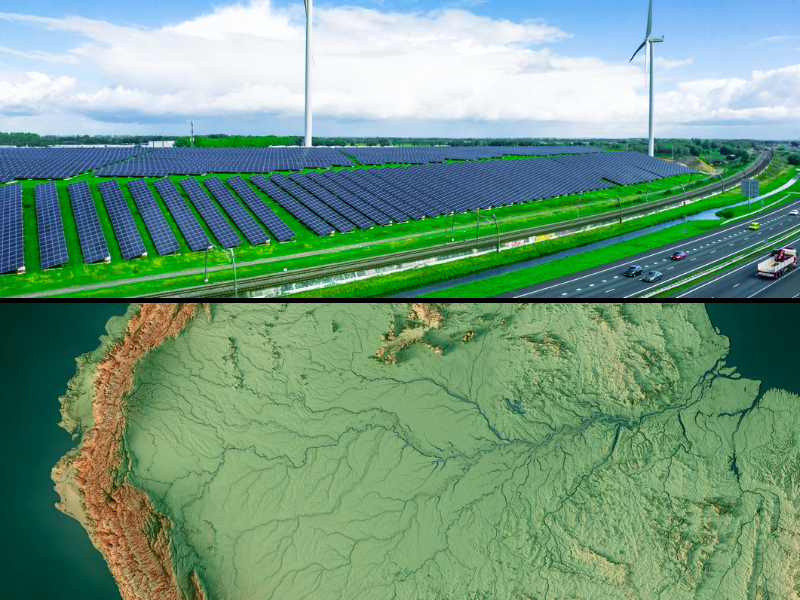If the Bureau of Land Management (BLM) has its way, nearly 6,000 new oil and gas wells will be drilled in on federal, state and private lands in an area of Utah where production is already common.
In late June, BLM wrapped up a six-year environmental analysis of an infill drilling program for the Uinta Basin’s Monument Butte unit, which holds the state’s largest proven oil reserves.
BLM’s preferred alternative would allow Newfield Exploration Co. to drill all 5,750 oil and gas wells it proposed, over a 16 year period. The project is needed to recover remaining oil and gas with new wells and by injecting water into hydrocarbon-bearing formations to coax further production over the 40- to 50-year life of the project.
Limited Expansion Needed
Newfield currently operates about 3,400 wells in the Monument Butte unit. BLM’s plan would allow just 10,122 acres of additional surface disturbance on the more than 119,000 acre unit, enabling Newfield to develop 226 miles of new roads and pipelines; build 21 new compressor stations and expand three others; and construct a gas-processing plant, 13 water treatment and injection sites, 12 gas and oil separation plants and six water pump stations. Most of the new production would come from directional drilling from existing pads, using existing roads and pipelines, to reduce the project’s footprint, thus protecting habitat and wetlands.
The BLM estimated the new project could yield and additional 335 million barrels of oil and more nearly 7 1/2 trillion cubic feet of natural gas through 2035.
Utah officials say the project would be one of the single largest investments in Utah, resulting in between $19 billion and $35 billion in revenue.
H. Sterling Burnett, Ph.D., ([email protected]) is the managing editor of Environment & Climate News.





